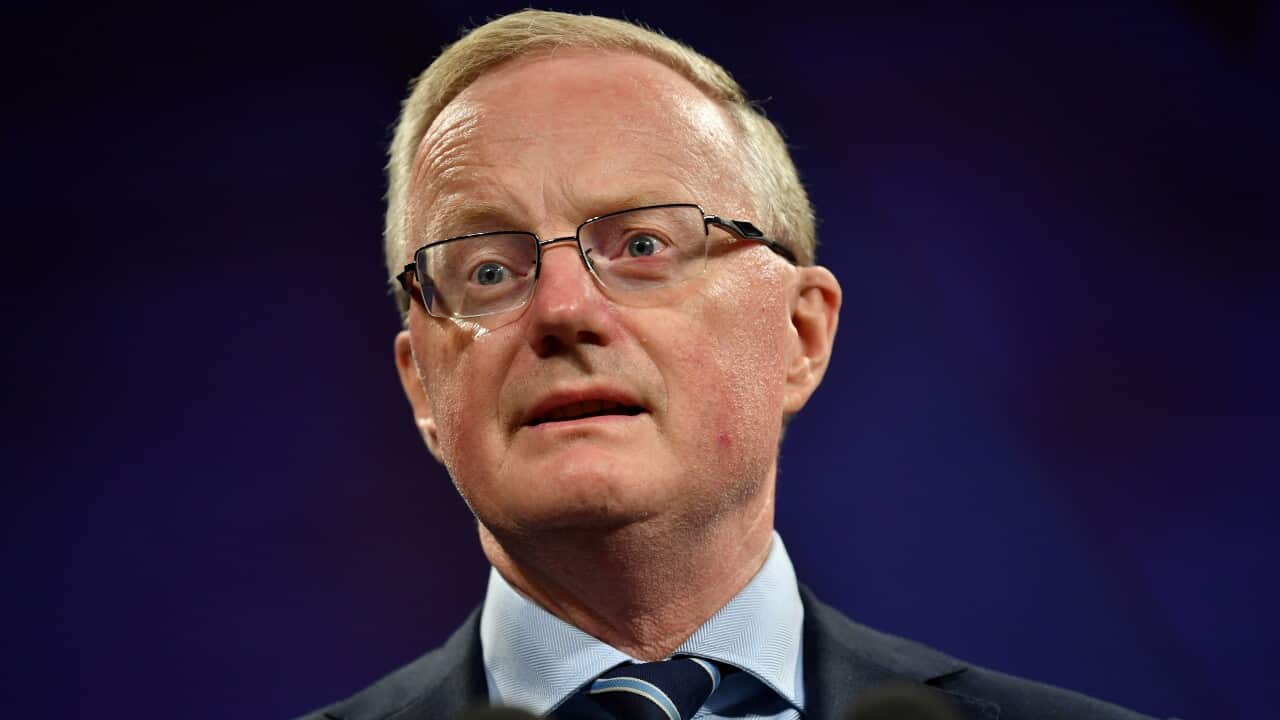Key Points
- The RBA will hold fewer, longer metings to set interest rates.
- It is implementing structural and cultural changes following a review.
- Governor Philip Lowe was vague on whether interest rates will be lifted again.
The Reserve Bank of Australia (RBA) is cutting the number of meetings it holds annually to set interest rates, from 11 to eight.
The meetings will be much longer as well, running over two days to allow the bank more time to examine issues in detail, RBA governor Philip Lowe said in an address in Brisbane on Wednesday.
The bank outlined a number of changes that will be introduced from February to how it will run following a review, including addressing conflicts of interest and creating a more open culture.
The board, rather than the governor, will release the post-meeting statement, as part of a new communications strategy which also involves starting a separate communications department.
Lowe said it remains to be seen whether interest rates will be kept on hold, but the bank could raise them again.
“It is possible that some further tightening will be required to return inflation to target within a reasonable timeframe," he said.
“Whether or not this is required will depend on how the economy and inflation evolve,” Lowe said, adding that at its 1 August meeting, the board would have an updated set of economic forecasts.
He defended the bank's decision to raise interest rates, saying the policy was working, but there is a lag on when it would bring down inflation.
There are competing factors at play - driving up inflation are rising rents, higher electricity prices, strong unit labour costs and high levels of capacity utilisation, he said.
But he said several forces were working in the other direction, including normalising supply chains, easing commodity prices, and slowing growth in household consumption and overall demand.
In March, the Australia Institute think tank published research indicating corporate profits were the biggest driver of inflation in Australia, and corporate profits have been under scrutiny by the RBA since.
Lowe said corporate profits have contributed to high inflation, but is not the primary source.
"The aggregate data show that the profits share excluding the resources sector, which is appropriate to treat them differently, the share has not risen in Australia.
"What we have seen is firms be able to increase their prices in line with the higher input costs. Being able to pass on input costs fully and preserve the proper margins, but the profit margins have not blown out."
He said some specific firms had seen profit increases but "by and large, they are confined to specific areas of the economy."

Source: SBS News
Westpac chief economist Bill Evans said the decision to pause did not seem to resonate with consumers.
"Notably, most commentators described the RBA's July decision as a temporary pause," he said.
Evans said the same thing happened when the RBA held rates steady in April, which proved to be a short-term pause rather than the end of the hiking cycle.
Overall, consumer sentiment improved from 79.2 in June to 81.3 in July on the Westpac-Melbourne Institute Index, with the bulk of that improvement in the wake of a sharp pullback in inflation.
The Australian Bureau of Statistics recorded inflation declining in the monthly consumer price index for May, falling to 5.6 per cent from 6.8 per cent in April.
Treasurer Jim Chalmers said earlier that making changes to the bank is about enhancing its independence.
"The Reserve Bank review and the appointment of a governor is not about undermining the independence of the Reserve Bank - it's about enhancing it," he told reporters in Melbourne on Wednesday.
A new governor will be appointed to the bank once Lowe's term ends in September.
With additional reporting by AAP.












